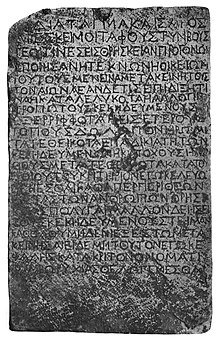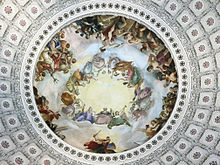The 2 Previous Posts were
- The Women At The Empty Tomb
2. The Women at the Empty Tomb 2/2
Now, Reflecting on these 2 posts:
Regardless of attributing to specific authors, these below early documents reflect a certain attitude by some Christians to women:
Ephesians 5:22-24 “…wives should submit to their husbands etc.“
1 Timothy 2:11-15 “A woman should learn in quietness and full submission. I do not permit a woman to teach or to have authority over a man; she must be silent etc.“
1 Corinthians 14:33-35 “…women should remain silent in the churches (and following).“
1 Corinthians 11:3-16 “Now I want you to realize that the head of every man is Christ, and the head of the woman is man (and following).“
Colossians 3:18 “Wives, submit to your husbands, as is fitting in the Lord.“
Peter 3:1-6 “Wives in the same way be submissive to your husbands (and following).“
Titus 2: 4-5 “Then they can train the younger women to love their husbands and children, to be self controlled and pure, to be busy at home, to be kind, and to be subject to their husbands so that no one will malign the word of God.“
These ideas seem to have trickled down to influence our first gospel Mark. Reversing Genesis, Mark (1) has the naked young man, who was as guilty as the naked Adam in society’s eyes for following Jesus, redeemed in beautiful clothing in the tomb. The meaning is clearly to do what is right in the eyes of God, not man, and you will be vindicated in the end. Similarly, we see (2) a reversal of Eve in Genesis not having a healthy fear of God and His commands, with the women at the tomb in Mark who break the command they are given out of a surplus of fear – and hence this fear and submissiveness serves the purpose of God. If the women passed on the empty tomb narrative to the disciples before the resurrection appearance, they may have been thought to have caused/influenced the hallucinations. In the same way, we read “16 For we did not follow cleverly devised stories when we told you about the coming of our Lord Jesus Christ in power, but we were eyewitnesses of his majesty. (2 Peter 1:16).” So, in Mark it seems that just as men were called to turn from the opinions/ways of the world and onto God’s ways, the paradigmatic holy woman is one in fearful submissiveness, such as we see with the woman in Mark 7:24-30:
“Throughout the entire story, the woman is described as submissive, a Gentile of Syrophoenician origin, and even a dog. Never, however, is she, or her daughter, addressed by name (whatever it may have been). The women are a composition of stereotypes – weak and submissive women, dog-like Syrophoenician Gentiles – rather than individuals worthy of respect. (Mac McCann)“
The term “dog” is diminutive, meaning the household pets that get the scraps the children drop. The children are the disciples who need rest and nourishment (bread). The woman is disturbing their peace, and it is Jesus’ priority to make sure His disciples get what they need before yet another person steals His attention. It’s possible the woman recognizes the metaphor in the setting—she as household puppy who is distracting the Master from the children
(A) Reflection Question:
Traditionally, Philosophers have asked about the ultimate ground of reality. Many pre-Socratic philosophers called this the “Arche.” Much later, the philosophers Emmanuel Levinas and Jacques Derrida said we need to change this way of thinking and make Ethics First Philosophy and First Religion, especially after the horrific use Martin Heidegger put his philosophy to with the Nazis. Can you find places in the Gospel of Mark where women are presented as intelligent, brave, and powerful? Write your own Gospel story presenting women in this way.
(B) Teacher Further Reading
If teachers would like to consider reading a few resource articles as background to extend inquiry/activities for kids from the above three Secular Web Kids posts on The Women At The Tomb, please consider these articles:
(i) The Justified Lie by the Johannine Jesus in its Greco-Roman-Jewish Context: https://infidels.org/library/modern/john-macdonald-justified-lie/
(ii) A Critique of the Penal Substitution Interpretation of the Cross of Christ
Reflection Passage:
“For I desire steadfast love and not sacrifice,
the knowledge of God rather than burnt offerings.” (Hosea 6:6)
(iii) LGBTQ + Rights And The Birth Of Christianity
https://agnosticismspectrum.blogspot.com/2021/12/lgbtq-rights-and-birth-of-christianity.html







